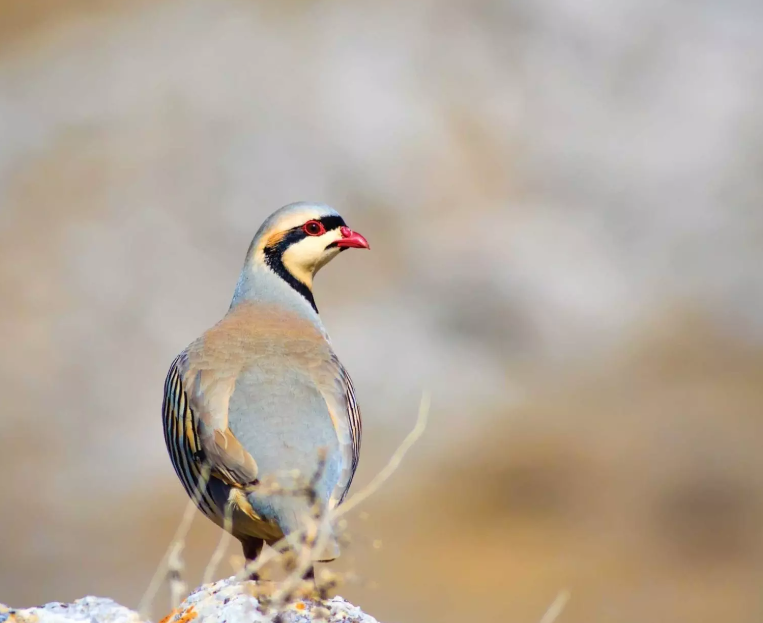The White Stork (Ciconia ciconia) is a large, elegant bird that holds a special place in the hearts of Belarusians as the Belarus National Bird. It symbolizes prosperity, happiness, and good fortune. In this article, we will explore the characteristics, behavior, and habitat of the White Stork, as well as address some frequently asked questions about this fascinating species.
Characteristics of Belarus National Bird
The White Stork is a large wading bird, standing at an impressive height of 100-115 cm (39-45 inches) with a wingspan of 155-215 cm (61-85 inches). It has a striking appearance, with its long legs, neck, and bill, and predominantly white plumage with black flight feathers. The bill and legs are red, which contrasts beautifully with its white feathers.
Behavior of White Stork
White Storks are migratory birds, spending their breeding season in Europe, including Belarus, and migrating to Africa for the winter. They are known for their long-distance migrations, traveling thousands of kilometers between their breeding and wintering grounds. They are primarily diurnal, hunting for food during the day and resting at night.
Dietary Habits
The White Stork’s diet consists mainly of insects, amphibians, reptiles, small mammals, and fish. They forage in wetlands, grasslands, and farmlands, using their long bills to capture prey. They are opportunistic feeders and will adjust their diet according to the availability of food sources.
Breeding and Nesting
White Storks are monogamous and form long-term pair bonds. They build large nests, often on rooftops, chimneys, or other man-made structures, which they return to and reuse each year. The female lays 3-5 eggs, which are incubated by both parents for about 33-34 days. The chicks fledge after 58-64 days and become independent shortly after.
Conservation Status of Belarus National Bird
The White Stork is classified as ‘Least Concern’ by the IUCN Red List. However, populations have faced declines in some parts of their range due to habitat loss, pollution, and collisions with power lines. Conservation efforts are ongoing to protect and restore their habitats and ensure the survival of this iconic species.
FAQs
1. Why is the White Stork the national bird of Belarus?
The White Stork is deeply rooted in Belarusian culture and folklore, symbolizing prosperity, happiness, and good fortune. Its presence in the country during the breeding season is seen as a sign of the arrival of spring and warmer weather.
2. Do White Storks bring babies?
The myth of storks delivering babies has its origins in European folklore. While White Storks do not actually bring babies, the myth likely arose due to their habit of building nests on rooftops, chimneys, and other structures close to human habitation.
3. How do White Storks migrate such long distances?
White Storks rely on thermals, which are columns of warm air, to help them soar and glide during migration. This energy-efficient method of flight allows them to cover vast distances with minimal effort.
4. How can I help conserve White Storks and their habitats?
You can support conservation organizations working to protect and restore the habitats of White Storks, as well as raise awareness about the threats they face. Additionally, you can advocate for sustainable land-use practices and the reduction of pollution in wetlands and other natural environments.
Conclusion
The White Stork is an iconic and cherished symbol of Belarus, representing the beauty and resilience of the country’s natural heritage. By understanding and appreciating this remarkable bird, we can contribute to its conservation and ensure that future generations can continue to marvel at its presence in the Belarusian landscape.

